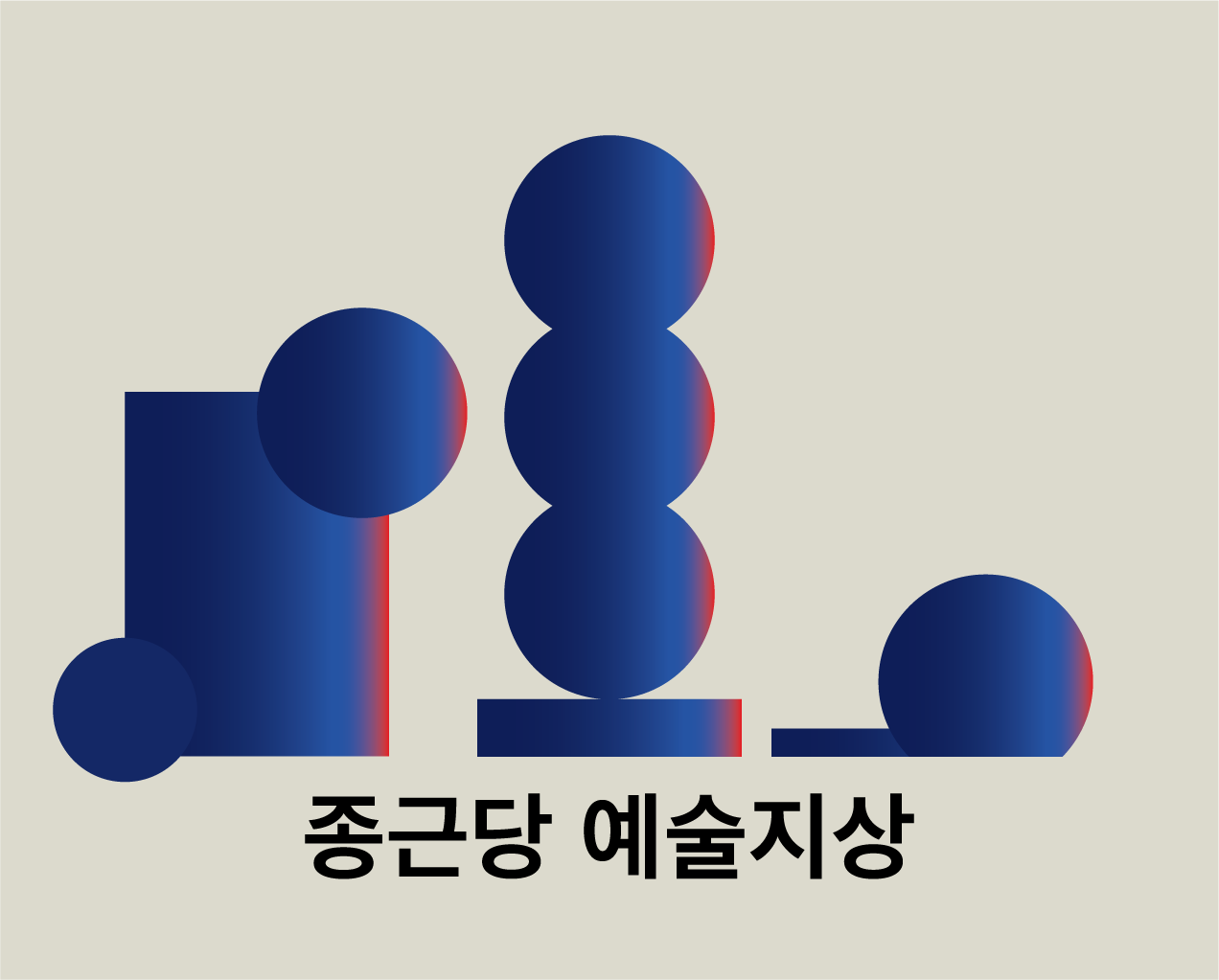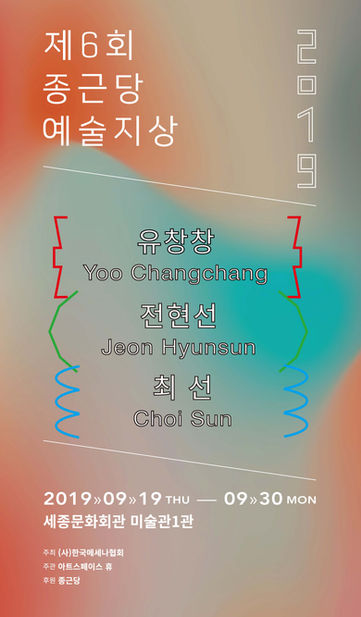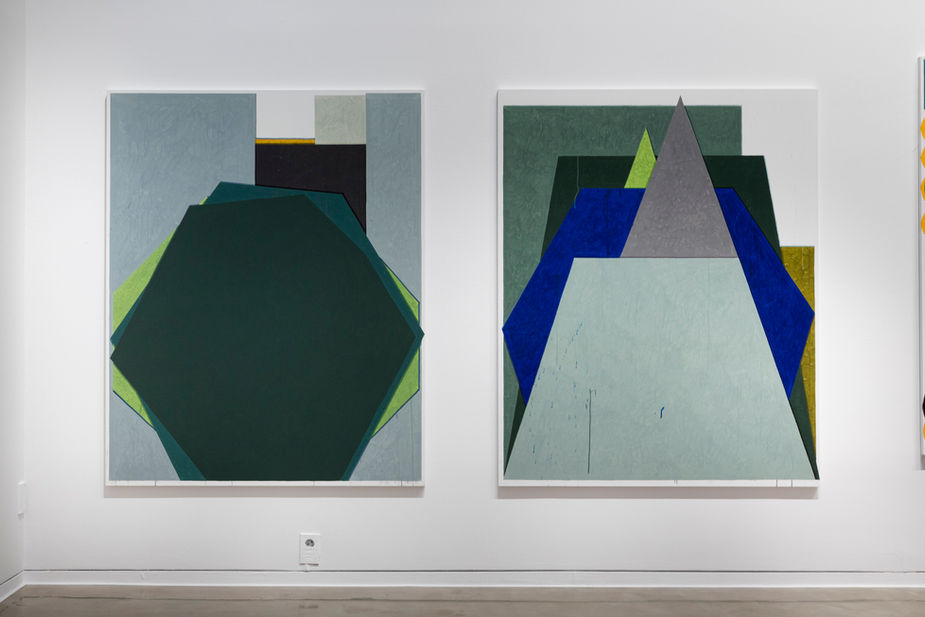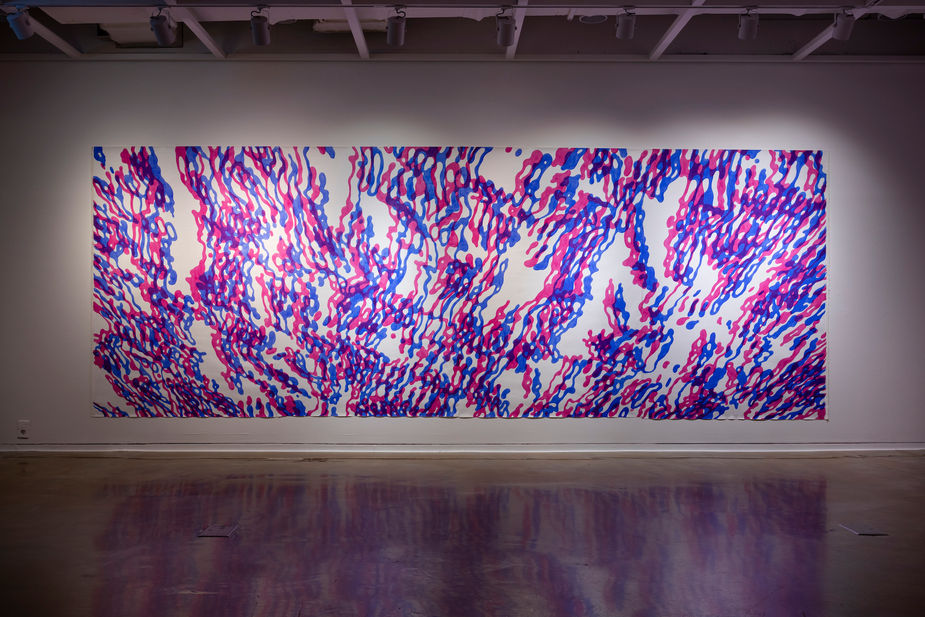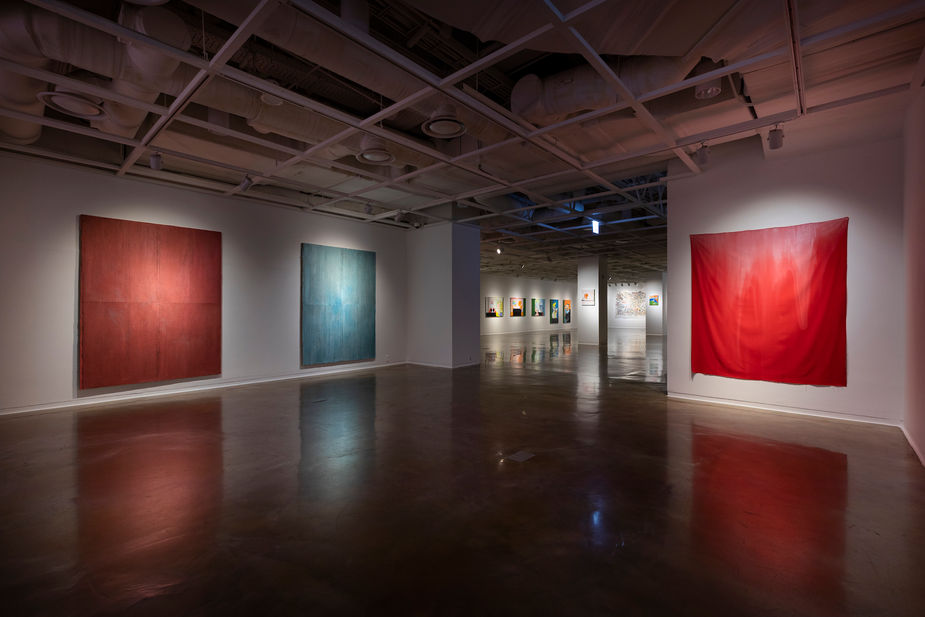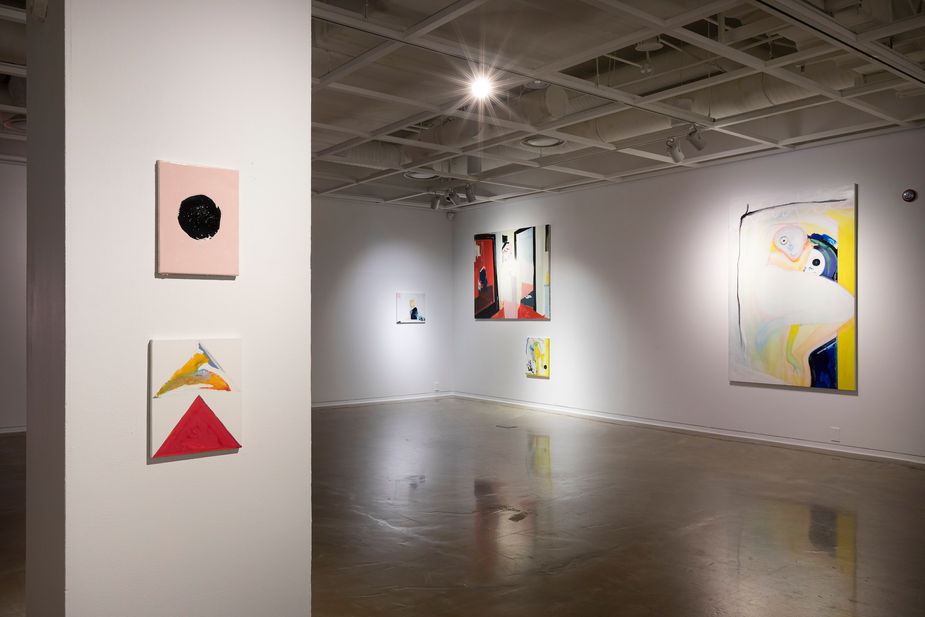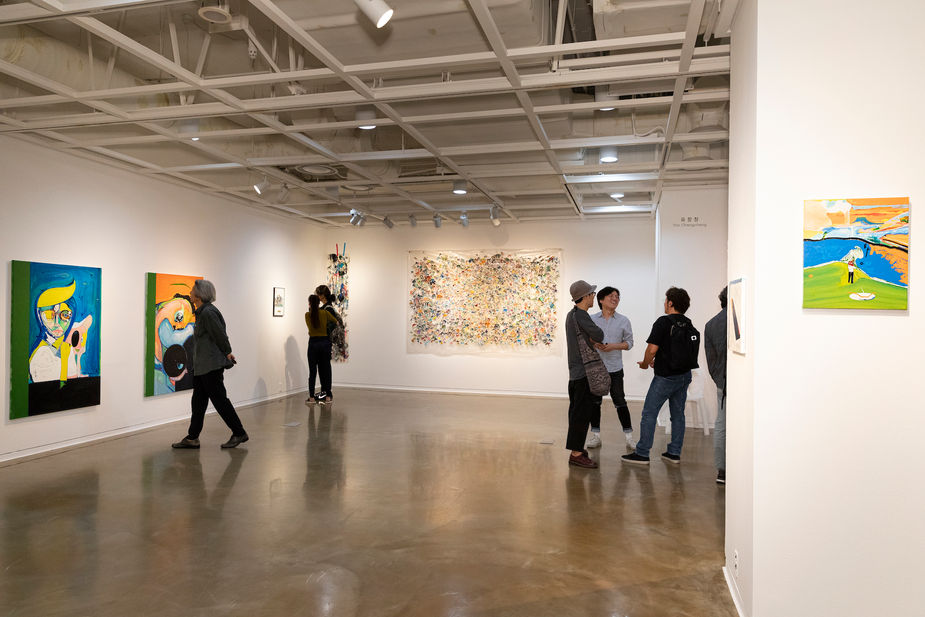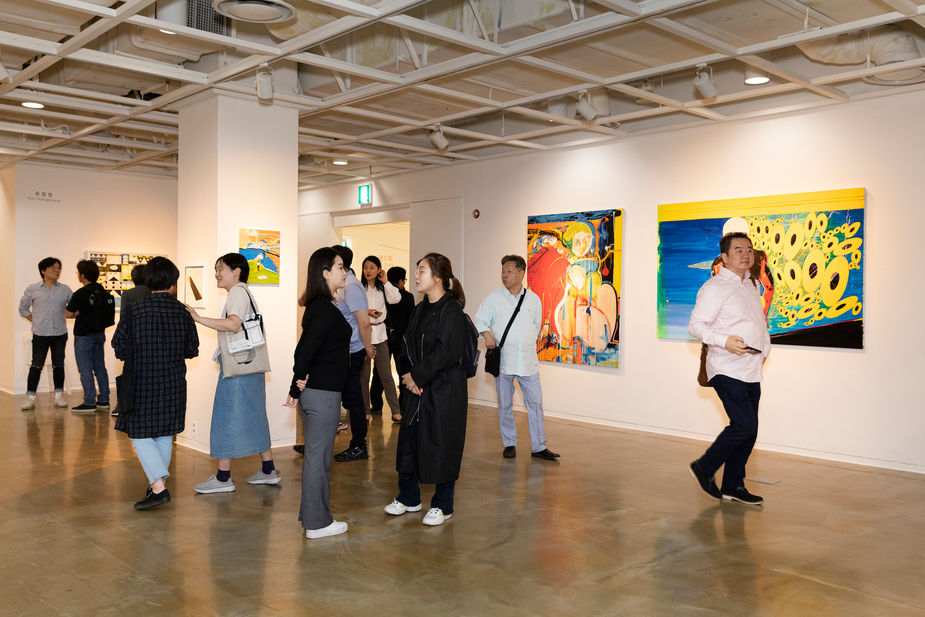The Secular, Beyond the Secular, and the Three Perspectives ; Yoo Changchang, Jeon Hyunsun, Choi Sun
Kim Noam
Between the Secular and the Non-Secular
It is an era where everything is secularized. What is the meaning of art and painting in this era? Is there a ‘painting’ that can share the essential problems of painting? If so, in what way do they exist and what paintings should we be interested in and have discussions about?
It is clear that art is not intended for any particular individual or class, or for any particular nation or ideology. Art is the power to strike an ideal balance while maintaining a tight relationship with the secularization force that dominates our daily lives. These activities cast the gaze either deep into the being's interior or high outward. Through art, people try to escape the limits and constraints of reality or transcend them to a higher dimension than the present. Art is a world where expression and form intersect and move dynamically. Through such, it tries to combine the highly transcendent realm with the problems of everyday life and reality. Art is the most brilliant tool for tackling the universal human problem without losing a sense of reality and vitality. It is the way of existence of people who try to represent one perfect image despite countless failures and errors between the secular world and the non-secular. An individual, an existence can never be quantified, and it is an area where the limits of objectification are clearly visible in our culture. In a world of big data where everything can be managed and predicted, and where capitalization and commodification encroach upon the realm of the soul, art tries to sense and point to the essence of human beings, the ultimate meaning of life, the good life, and fulfilling moments. If floating like a buoy can symbolize human emotions, heart, and soul, they try to represent it as an image.
The works of Yoo Changchang, Jeon Hyunsun, and Choi Sun follow their own perspectives and trajectories, and encounter the adventures of contemporary art that 20th century artists have challenged. It is to understand the meaning and form of art history, and at the same time rediscover the essence of contemporary painting through the acceptance and transformation of traditional forms. On the one hand, it has a completely post-historical significance in that it is a world of the individual based on its own aesthetics. How can a thoroughly post-historical world acquire significant historical significance?
Three Perspectives
Inferring the creative process of an artist, it can be said that creation is nothing until it becomes known to the public. In other words, it is 'null' or 'meaningless'. It can be commonly discovered in all artists that their work is a manifestation of strong energy, be it physical or psychological. However, going beyond the universal 'understanding', 'feeling' what the individual artist expressed upon fierce inner struggle also demands a lot of energy and time for the audience as well.
Artists of Chongkundang Yesuljisang stand at the crossroads of the many questions and choices that are thrown before us, trying to look at the same problem from a different angle. The three artists, Yoo Changchang, Jeon Hyunsun, and Choi Sun, create and express images while maintaining their own perspectives and point of view, and they form a world. However, it is meaningless to try to find the aesthetic form or universality that can be generalized by grouping these three artists. Even if one can intuit something in common, it is not a decisive factor in appreciating and understanding their works. Appreciating a work of art is a thoroughly individual process and a meeting of a special private being and the world. We encounter the movement of the mind that senses, experiences and perceives these intimate and sophisticated processes.
